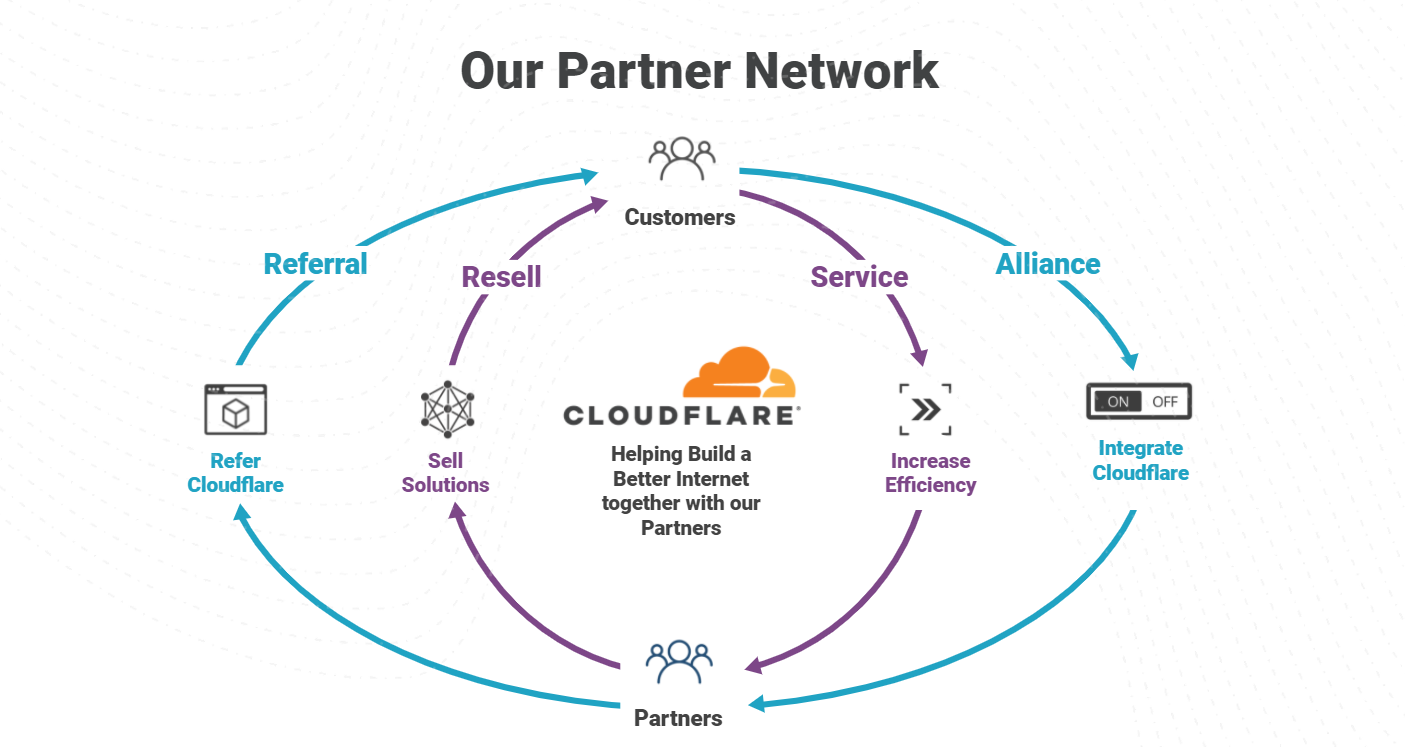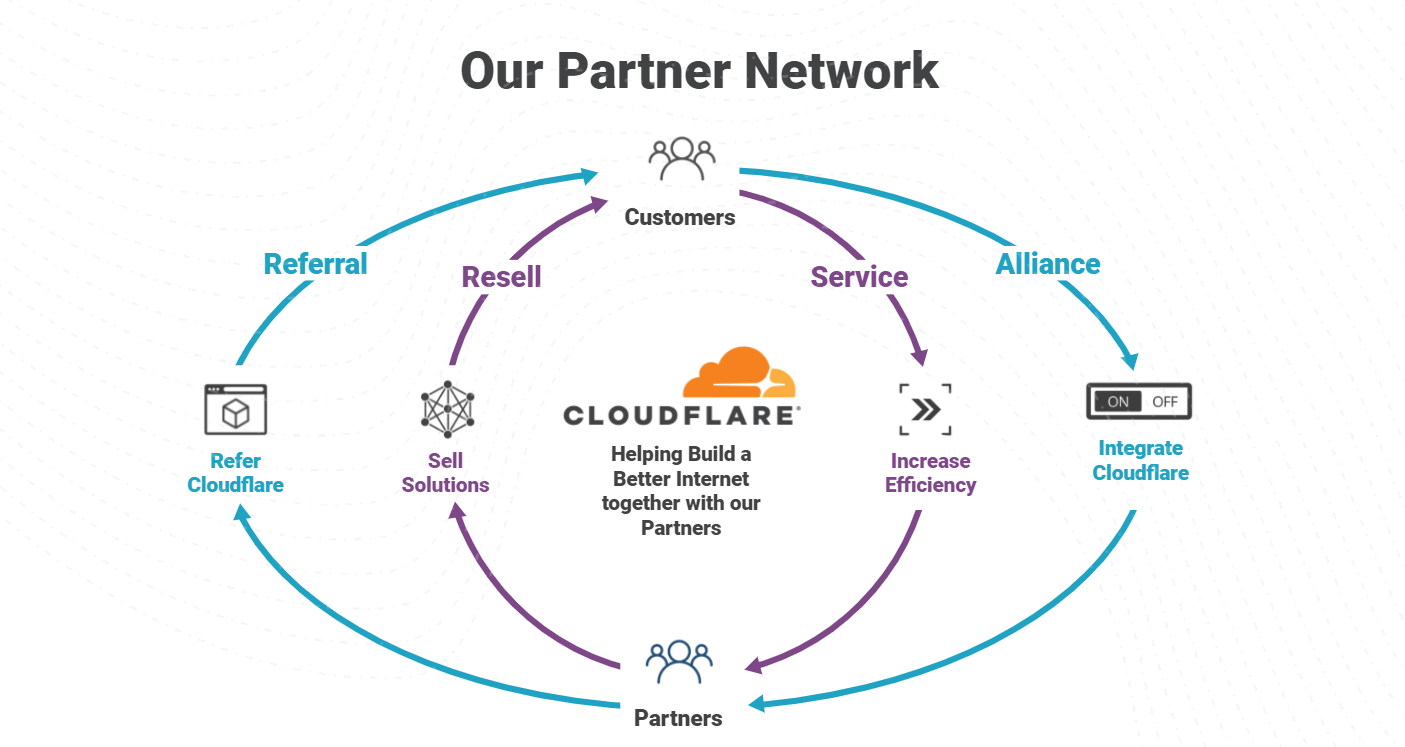Controlling SaaS Costs Amid Microsoft Price Hikes
Eliminating unsanctioned purchases and duplicates of similar applications can help you avoid two primary problems: wasted company spending and increased security and compliance risks.Tech Bytes: Embedding Network Security Into Your Cloud Network (Sponsored)
Today on the Tech Bytes podcast we’re talk network security at scale. That is, in a cloud environment, how can you build security capabilities and features into the network while also being able to keep up with security policies, operations, compliance, and more. Our sponsor is Aviatrix, which provides multi-cloud networking software for public clouds.
The post Tech Bytes: Embedding Network Security Into Your Cloud Network (Sponsored) appeared first on Packet Pushers.
Tech Bytes: Embedding Network Security Into Your Cloud Network (Sponsored)
Today on the Tech Bytes podcast we’re talk network security at scale. That is, in a cloud environment, how can you build security capabilities and features into the network while also being able to keep up with security policies, operations, compliance, and more. Our sponsor is Aviatrix, which provides multi-cloud networking software for public clouds.Network Break 367: New Custom ASICs For Juniper Routers; Regulators, NVIDIA Arm Wrestle
This week's Network Break looks at new router silicon from Juniper, why NVIDIA's acquisition bid for Arm is running into headwinds, a new LiveAction service that inspects encrypted traffic for threats, financial results from Juniper and Extreme, and more tech news.
The post Network Break 367: New Custom ASICs For Juniper Routers; Regulators, NVIDIA Arm Wrestle appeared first on Packet Pushers.
Network Break 367: New Custom ASICs For Juniper Routers; Regulators, NVIDIA Arm Wrestle
This week's Network Break looks at new router silicon from Juniper, why NVIDIA's acquisition bid for Arm is running into headwinds, a new LiveAction service that inspects encrypted traffic for threats, financial results from Juniper and Extreme, and more tech news.Cloudflare Partner Program Now Supports SASE & Zero Trust Managed Services


The importance of the Cloudflare Partner Network was on full display in 2021, with record level partner growth in 2021 and aiming even higher in 2022. We’ve been listening to our partners and working to constantly strengthen our ability to deliver value for businesses of all types. An area we identified we could do better, is a program to support “service partners” that want to wrap managed and professional services around Cloudflare products. Today, we are excited to announce the next evolution of the Cloudflare Channel and Alliances Partner Program to specifically enable partners that provide services around Cloudflare products with recurring revenue streams as they equip businesses of all sizes and types with Cloudflare’s leading Zero Trust and SASE solutions.

Core to enabling Services Partners are some exciting enhancements:
- New Program Paths
- New Managed Services Partner (MSP) Accreditation.
- New Support & Go-To-Market Motions
New Program Paths
We have seen a 29% increase in ransom DDoS attacks over the past year and a 175% increase just last quarter. Partners continue to be on the front lines helping mitigate and prevent disruption from these events as they extend our services. Our goal for 2022 is to arm our partners with the Continue reading
My Journey to Getting AWS Certified Advanced Networking – Specialty Certified
Last week I took and passed the AWS Certified Advanced Networking – Specialty exam on my first attempt. In this post I will describe the study materials that I used and talk about my experience of taking this test.
What type of skills does this exam test? This is a quote from AWS:
Earning AWS Certified Advanced Networking – Specialty validates expertise in designing and maintaining network architecture for the breadth of AWS services.
The key here I think is “for breadth of AWS services”. It’s not enough to only understand general networking in AWS, you need to understand how to do networking for different AWS services such as S3, WorkSpaces, Lambda, storage gateway, and so on. There is no actual prerequisite to take the exam but it definitely doesn’t hurt if you already have the Solutions Architect Associate (this was previously a prereq) as it will help you in understanding what services are available.
The following is also listed as recommendations for who should take this exam:
- Professional experience using AWS technology, AWS security best practices, AWS storage options and their underlying consistency models, and AWS networking nuances and how they relate to the integration of AWS services.
- Knowledge Continue reading
Sample Lab: SR-MPLS on Junos and SR Linux
Last week I published a link to Pete Crocker’s RSVP-TE lab, but there’s more: he created another lab using the same topology that uses SR-MPLS with IS-IS to get the job done.
Jeroen Van Bemmel did something similar for SR Linux: his lab topology has fewer devices (plus SR Linux runs in containers), so it’s easily deployable on machines without humongous amount of memory.
Sample Lab: SR-MPLS on Junos and SR Linux
Last week I published a link to Pete Crocker’s RSVP-TE lab, but there’s more: he created another lab using the same topology that uses SR-MPLS with IS-IS to get the job done.
Jeroen Van Bemmel did something similar for SR Linux: his lab topology has fewer devices (plus SR Linux runs in containers), so it’s easily deployable on machines without humongous amount of memory.
Cisco DCAUTO exam study resources

I just passed the Cisco DevNet DCAUTO (300-635) exam (Yay!). This is my 3rd Cisco exam on network automation after NPDESI in 2018 (replaced now by the DevNet program), and DevNet CORE (DEVCOR) in 2020. But this time, I documented everything I read, so I could report it here and build a Cisco DCAUTO exam study resources. By doing this, I hope to help anyone who wants to study for this certification. And, as I have already passed the DevNet CORE exam, I am now Cisco certified DevNet Professional. …
The post Cisco DCAUTO exam study resources appeared first on AboutNetworks.net.
What’s an “Address”?
Currently, there are discussions in the IETF's Internet Area on the topic of architectural evolution of the Internet and its implications for the changing role of IP addresses, and I'd like to share some of my thoughts on this topic here.Figuring Out Link Speed Using the Windows Command Prompt
Using the command line allows you to write a script or batch file to standardize troubleshooting so a user or technician can run it.Automaton 11. Data Models for NVIDIA Cumulus 5.0. Collecting Config and Operational Data via REST API with Ansible.
Hello my friend,
Right before the New Year we have posted an article, where we introduced a new approach to manage Cumulus Linux, which became available in the latest release to the date Cumulus Linux 5.0. This approach relies on REST API, which makes the automation of this platform very comfortable. Today we’ll cover how to collect the configuration and ope data with the most popular network and infrastructure automation tools these days: Ansible and Python.
2
3
4
5
retrieval system, or transmitted in any form or by any
means, electronic, mechanical or photocopying, recording,
or otherwise, for commercial purposes without the
prior permission of the author.
Ansible or Python? Python or Ansible?
To be absolutely frank, there is no “or”. There is only “and” in such a question. Both Ansible and Python play crucial role in network and infrastructure automation. Both of them are widely used in various companies from small enterprise to gigantic tier-1 web companies (e.g., Google, Amazon, etc). We see different usage patterns, such as Ansible + AWX being a main toolkit, or Python + Stackstorm or Apache Airflow Continue reading